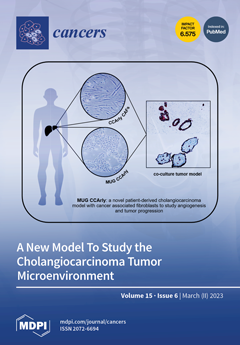Immunotherapy targeting the interaction between programmed cell death protein 1 (PD-1) and programmed death-ligand 1 (PD-L1) is a treatment option for patients with non-small-cell lung cancer (NSCLC). The expression of PD-L1 by the NSCLC cells determines treatment effectiveness, but the relationship between
PD-L1 DNA methylation and expression has not been clearly described. We investigated
PD-L1 DNA methylation, mRNA expression, and protein expression in NSCLC cell lines and tumor biopsies. We used clustered regularly interspaced short palindromic repeats-associated protein 9 (CRISPR-Cas9) to modify
PD-L1 genetic contexts and endonuclease deficient Cas9 (dCas9) fusions with ten-eleven translocation methylcytosine dioxygenase 1 (TET1) and DNA (cytosine-5)-methyltransferase 3A (DNMT3A) to manipulate
PD-L1 DNA methylation. In NSCLC cell lines, we identified specific
PD-L1 CpG sites with methylation levels inversely correlated with
PD-L1 mRNA expression. However, inducing
PD-L1 mRNA expression with interferon-γ did not decrease the methylation level for these CpG sites, and using CRISPR-Cas9, we found that the CpG sites did not directly confer a negative regulation. dCas9-TET1 and dCas9-DNMT3A could induce
PD-L1 hypo- and hyper-methylation, respectively, with the latter conferring a decrease in expression showing the functional impact of methylation. In NSCLC biopsies, the inverse correlation between the methylation and expression of PD-L1 was weak. We conclude that there is a regulatory link between
PD-L1 DNA methylation and expression. However, since these measures are weakly associated, this study highlights the need for further research before
PD-L1 DNA methylation can be implemented as a biomarker and drug target for measures to improve the effectiveness of PD-1/PD-L1 immunotherapy in NSCLC.
Full article






